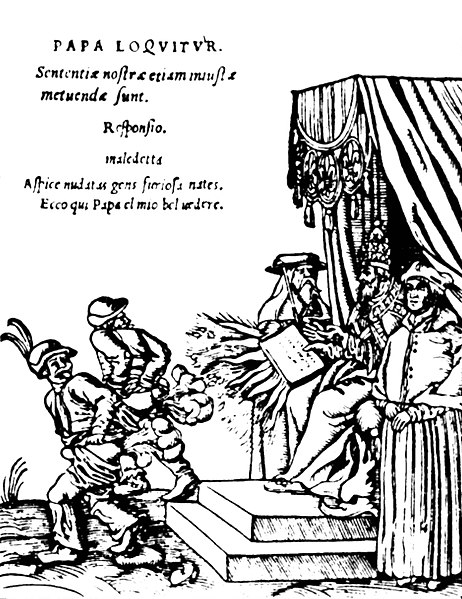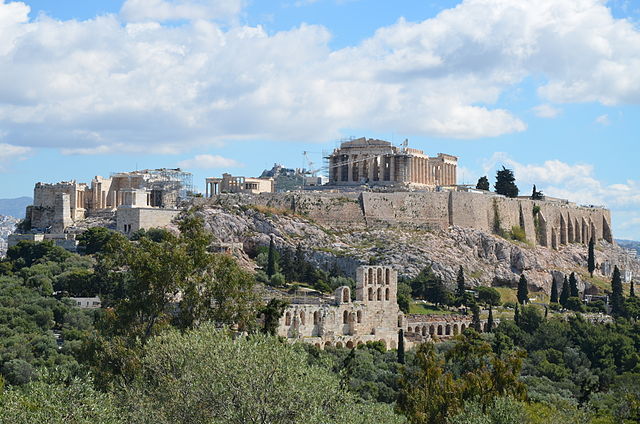In society, the term low culture identifies the forms of popular culture that have mass appeal, often broadly appealing to the middle or lower cultures of any given society. This is in contrast to the forms of high culture that appeal to a smaller, often upper-class proportion of the populace. Culture theory proposes that both high culture and low culture are subcultures within a society, because the culture industry mass-produces each type of popular culture for every socio-economic class. Despite being viewed as characteristic of less-educated social classes, low culture is still often enjoyed by upper classes as well. This makes the content that falls under this categorization the most broadly consumed kind of media in a culture overall. Various forms of low culture can be found across a variety of cultures, with the physical objects composing these mediums often being constructed from less expensive, perishable materials. The phrase low culture has come to be viewed by some as a derogatory idea in and of itself, existing to put down elements of pop or tribal culture that others may deem to be "inferior."

Low culture humour: Kissing the Pope's Feet German peasants bare their buttocks and fart in response to a papal bull of Pope Paul III: "The Pope speaks: Our sentences are to be feared, even if unjust. Response: Be damned! Behold, o furious race, our bared buttocks." The irreligious scene is low-culture humour from the Papstspotbilder (Depictions of the Papacy, 1545) series of wood cuts, by Lucas Cranach the Elder, which was commissioned by
In a society, high culture encompasses cultural objects of aesthetic value, which a society collectively esteems as being exemplary works of art, and the intellectual works of literature and music, history and philosophy, which a society considers representative of their culture.
The Creation of Adam, from Michelangelo’s Sistine Chapel ceiling – an example of high culture
The Acropolis of Athens, Greece
T. S. Eliot
A painting by Ming Dynasty artist Chen Hongshou showing a scholar-gentleman (literai) with a guqin, a Chinese musical instrument





